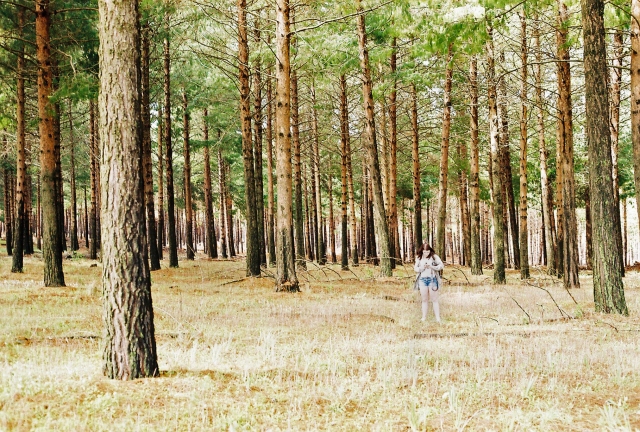
We all have a story to tell. Where we from, how we grew up, where we have travelled, the funny times and the not so good time. We all have memories associated with this or that. We see old photos and remember a forgotten time. Tree have stories to. You’ve heard the saying “if these walls could talk” and I think the same saying goes for trees. If a tree could tell you a story what would it say? In this blog post the article The Unruly Tree by Joanna Dean (Dean 2015) is discussed in relation to the notions of narratives of trees. The importance of photo elicitation is portrayed by conducting an interview with three member of my community.
Dean highlights four key concepts regarding the narratives of trees. The first narrative is that of service. This is what a tree can do for you, the benefits gained from this tree. The second narrative is that power. Power can be summarised as the power of man over tree. What aesthetic notion or connotations are there to this tree. Third is the narrative of heritage. What story is connected to this tree or whether or not the tree has a specific historical significance like the Anne Frank Tree (Dean2015:165). The last narrative Dean discusses is the notion of the counter narrative or the unruly tree. This is the tree that defies man’s power. It grows the wrong way, too high or in the middle of nowhere.
This blog post attaches these narrative to photos and my personal stories. The images below all have a connection to a certain and particular memory for me. This image links to the narrative of a tree providing a service. These beautiful pines create a breath taking canopy under which one can get married. The fallen logs are positioned as seating for the guests. This scene is literally out of a dream. To sit here and hear the wind blow and dance in the trees is a truly magical experience.
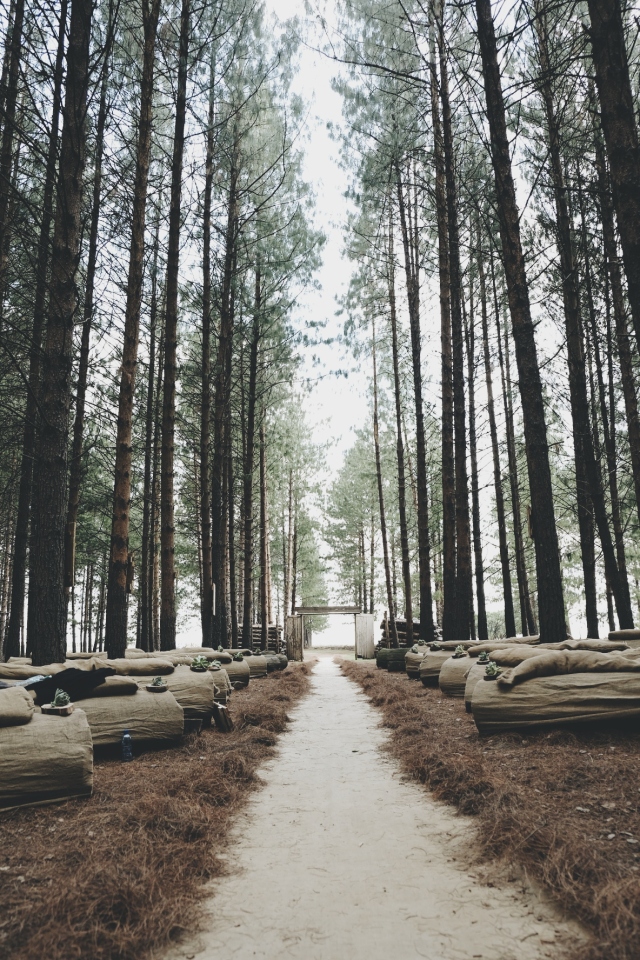
The tree as a service
I love the city. But the city exercises its power over man and nature. In the streets of Johannesburg CBD the trees line some of the streets. Buy they are restricted. They are manicured. Man enacts his power over these tree so they bend to his will. As beautify as the trees look, they are there for man to project his power.
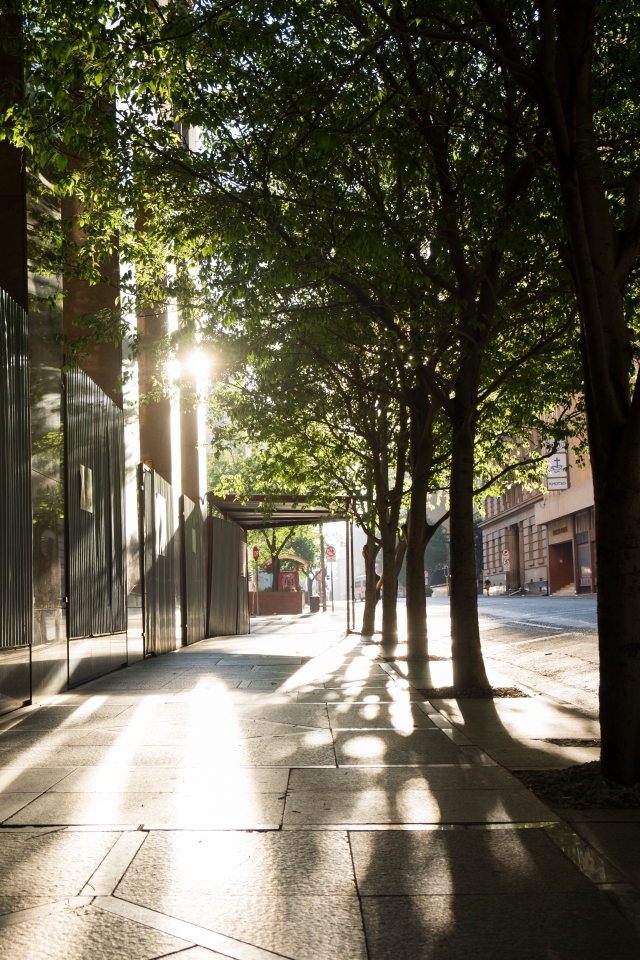
In 2011 I did a solo road trip along the Eastern Cape. Along my way I stopped at a tree. This was the big tree in Knysna. This is a tree that has a long heritage behind it. This beautiful yellow wood tree is estimated to be at least 600 years old. It stretches 36,6 meters into the heaven and has a body of 9m in circumference (Laborenz 2016).
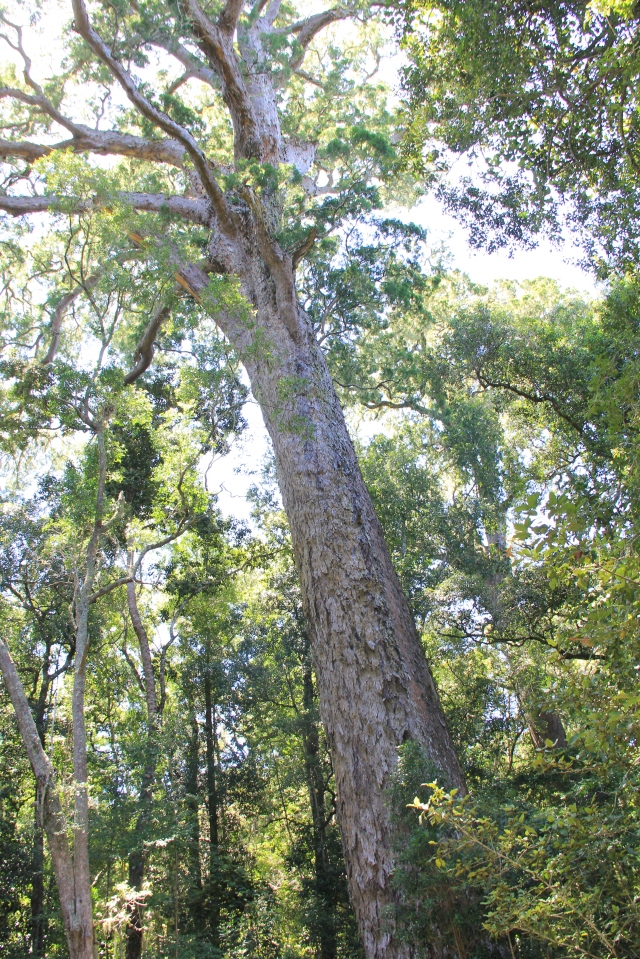
Lastly is the unruly tree. Trees grow up not along the floor. Or they supposed to but this tree missed his memo. In the middle of the city there is a small tree that defies the odds and grows horizontally. Maybe the tree had blown over, but if you asked me its roots are firm in the ground.
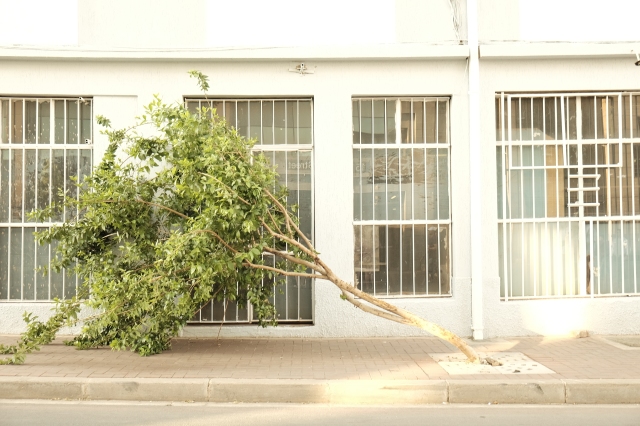
We all have our own narrative of these different trees. As required by the assignment we had to conduct an interview with different members of our community. I guided my interviews along the narratives discusses by Dean. The three peopled I interviews where Amalia, Candice and Ingrid.
The first interview was with Amalia. Amalia recently graduated from her honours in Branding. The first image I showed Amalia made her think of paper. “When we went on holiday we always use to drive through plantations of pine trees.” This reminded her of her student days and all her assignments. The second image reminded her of when they go tree seeds from Thailand. It makes her think of the power of brining in and growing a foreign tree. It also takes a lot of effort and care to allow this tree to grow. The third lets her think of her student days at Tuks and the Jacaranda trees waiting for “the flowers that fall on your head” to bring good luck for the exams. The final image brought back memories of her childhood of a white stink wood that got to heavy and fell on their roof. “The tree got to heavy”. Amalia went on to say that if they didn’t cut the tree they wouldn’t have a house. She had mixed emotions about the tree they had to sadly cut down.
The second person I interviewed was Candice. Candice is a fine art lecture and the only person in the office with a plant on their desk. The first image makes Candice think of “driving, like in mpumalanga, past the SAPPI plantations and all the pine trees. It reminded me of multitude of trees”. It to remind her of holiday trips. Candice looks for the good in everything, saying that when she saw the second image it made her think of the good. “I specifically pay attention to the good man had done to it. How man has built around it. Or when the tree is the centre part of the house. It makes me think of my complex where they had to cut out a tree because it was busy lifting out a wall.” The third tree reminded her of her high school days when they did the Kenyans tree. It brought back memories of when she lived in Durban as a child and how during silkworm season kids use to jump over the walls to some steel the leaves for their silkworms. She also mentioned how they had two rottweilers that the kids had to dodge to get to tree. The unruly tree made her think of the fig tree and how it can grow around a rock and the power of tree. The bent tree reminded her of a movie regarding how nature tries to overcome its conformities. It’s a tree that overcomes is challenges.
The third person I interviewed was Ingrid. Ingrid is a librarian and has a love for nature and the environment. Her nickname at school was “tree child” loosely translated from German. When I showed Ingrid the first image she said it reminded her or her travels to Swartkopmund in Namibia. “It looks like the pathways like that… All these palm trees called “palma alle”… It’s beautiful and always so nice to walk through there. It does provide the shade. And from there you can go onto the beach. The palm trees play a big role there because there are no trees there.” When I showed Ingrid the second image she said it made her think of Dresden in Germany. “It was absolutely exquisite. They had plated the trees in rows and they had trained the branches to form a canopy under which you could sit”. This covered a large area Ingrid said. The third image made Ingrid think of her travels to Geneva Switzerland and she saw the cedar trees. “They become huge! They are also mentioned in the bible, very strong.” His shows the strong religious connection to trees. The last image reminds Ingrid of when she goes to gym and where they had paved over the roots of a tree. The bricks are starting to lift because of the root. She was very upset by the fact that they had paved over the roots saying that they “should just let the tree grow, It’s not right. If the tree wants to do it, I say go for it”. Ingrid is very passionate about nature and even refuses to cut a dead branch in her own garden She believes that when it’s time for the branch to fall it will happen. Man creates enough destruction on plants already so why should she do more.
Sources Consulted:
Dean, J. 2015. The unruly tree: stories from the archives, in Urban forests, trees, and greenspace: a political ecology perspective, edited by LA Sandberg, A Bardekjian & S Butt. New York: Routledge:162-175.
Southafrica.net. 2016. The Big Tree in Tsitsikamma. [O] Available at: http://www.southafrica.net/za/en/articles/entry/article-the-big-tree-in-tsitsikamma [Accessed 11 May 2016].
Tinkler, P. 2013. Using photographs in social and historical research. London: SAGE.